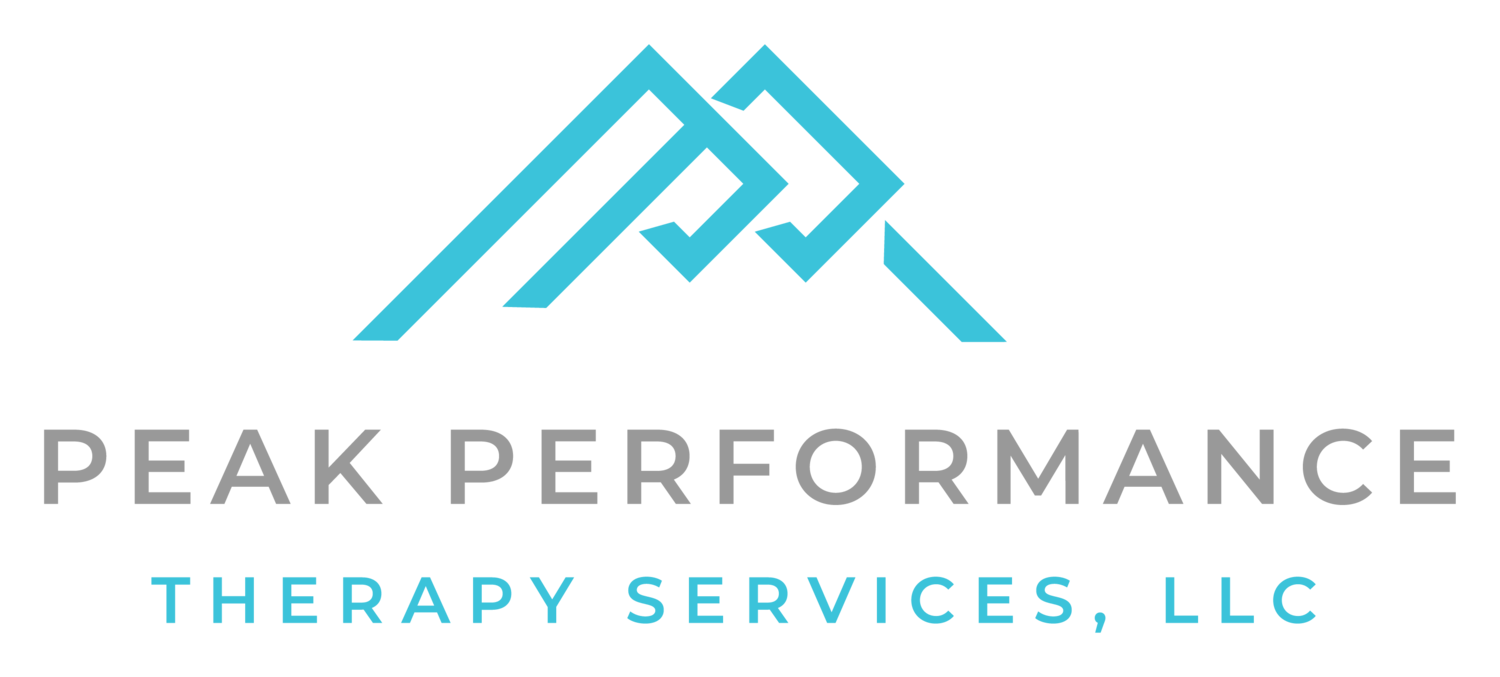Proper Preparation…Well, You Know the Rest.
Whether you are prepping for the CrossFit Open, Tough Mudder, a triathlon, or even a huge presentation at work, the old adage of the 6 P’s, “Proper Preparation Prevents Piss Poor Performance” always seems to apply.
So many times, we think that if we just put the hours and the sweat equity in, that will surely be enough to help us achieve our goals. If your goal is just to finish a race, then sure, you could probably get by without a formal training plan. Heck, if it is short enough, you could probably just wing it and survive (as long as it doesn’t have a strict cutoff time), although you will likely pay for it later.
If your goal is to run a sub 2 hour marathon or place in the top 1,000 of the Open, well, let’s just say there are very few athletes who could just put the time in and achieve that. That typically takes very purposeful, concise planning, so that you can peak at just the right time. Most of us are not rare athletes, but we are capable of dramatic improvements with proper planning, discipline, and very purposeful workouts.
Although planning your competition year takes skill and perspective, a basic plan is something that anyone can do with a little help. The details of your training plan will vary by sport and by your individual strengths and weaknesses, but the basic structure remains the same.
The initial part of the year is your base phase. This is where you build your basic aerobic capacity. It tends to involve lower intensity efforts for endurance athletes, and for CrossFit athletes it would involve higher rep workouts with lower weight. CrossFit athletes will typically have more cardio mixed in at this point, but lower intensity overall. You can think of this as your conditioning for competition season.
The second phase of the year is your build phase. This is where the intensity, training volume, and distance slowly ramps up to prepare the strength and endurance you need for competition season. This should involve a mix of higher intensity workouts with some moderate and lower intensity, steady state work, but overall it should be a steady build with some recovery periods built in to prevent overtraining.
The final phase of the year is your peak phase. For endurance athletes, this involves hitting your maximum mileage needed for your race. Typically more skill and technique work is mixed in at this point, as well as race-pace efforts for endurance athletes. For CrossFit athletes, this is when the intensity hits its max. It is a great time to test out 1RMs and to do shorter, more intense workouts to prepare you for the Open (or if applicable, for the Games).
Throughout these three phases, there should be recovery days and recovery weeks (or deload weeks as the strength community calls them) to help your body adjust and recover from the new demands placed on it to help prevent overtraining and injury.
No matter your sport, planning for competition season is essential if you want to perform at your best when it matters the most. Purposeful workouts designed specifically to meet your needs will serve you far better in the long run, and will allow you to address and improve your weaknesses so that your body is prepared for the demands that you will place upon it in competition.
If you would like additional help in planning out your season, contact us at Peak Performance to take advantage of our Custom Performance Programming or Performance Coaching services.
Call for a free phone consultation with our Performance Physical Therapist today at (864) 934-8370.

